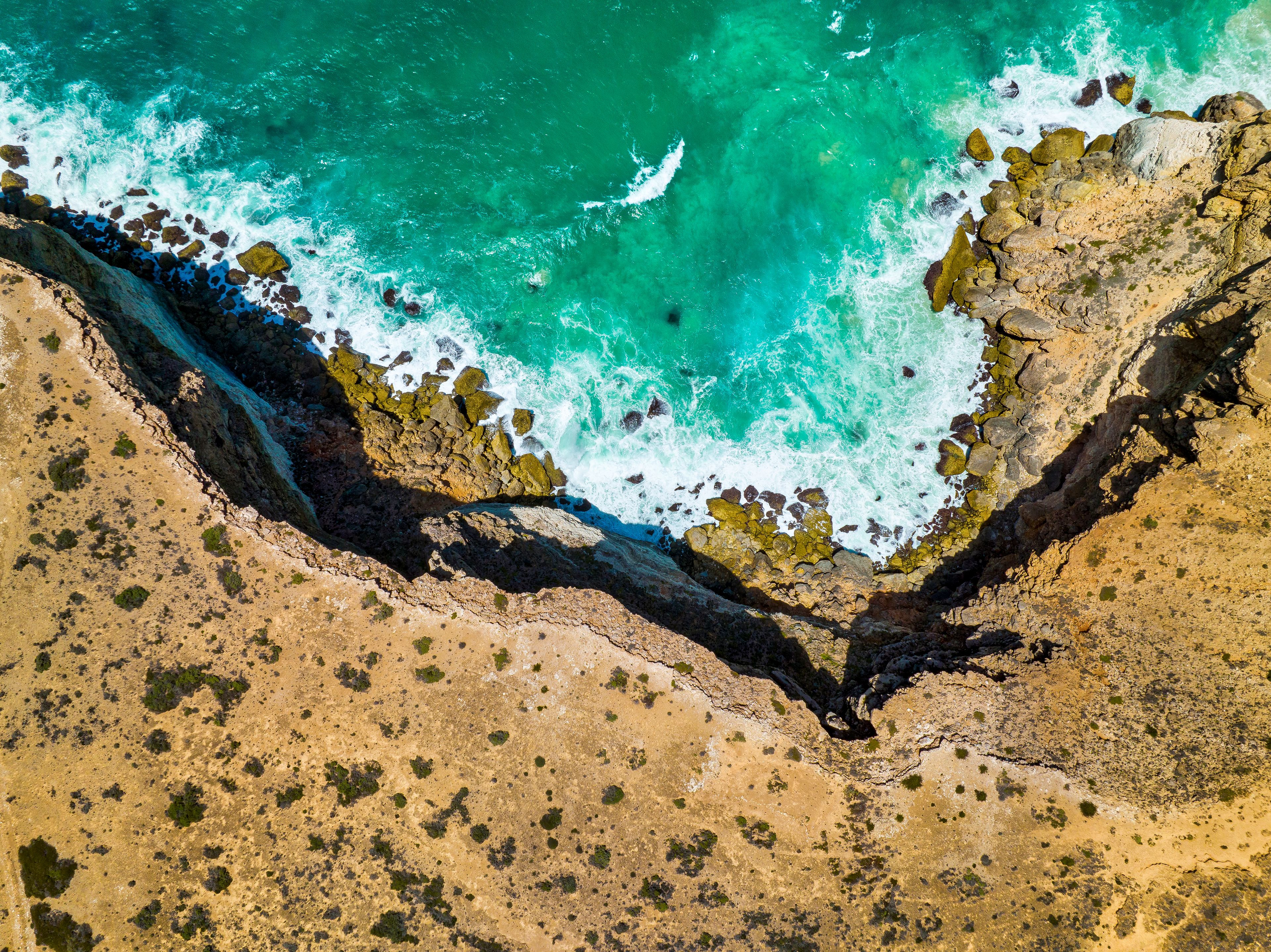Home/Curriculum resources/Geometry of water sources and landforms/Activity 4 - Possible further activity
Learning Area:
Mathematics
Year level:
Level 10

Activity 4 - Possible further activity
This activity is a part of the Geometry of water sources and landforms resource.
Great Australian Bight, Nullabor, South Australia. Photographer: Robbie Goodall. Source: Getty Images. Used under licence.
In this extension activity, students will utilise State/Federal water resource databases to access time series monitoring data for known water sources, statistically analyse the data to determine mean, minimum, and maximum values, explore relationships between water quality and quantity variables, and draw conclusions about the suitability of these water resources for potable water.
Step by step guide
Step 1: Access State/Federal water resource databases
An extension activity could make use of State/Federal water resource databases (State/Federal Government websites will provide this information) will enable students to search for, obtain and analyse time series monitoring data for known water sources (e.g. springs, wetlands). Ideally the water sources would be located along or close to publicly listed Songlines.
Step 2: Students statistically analyse database resources
The data can be statistically analysed to determine mean, minimum and maximum values and to explore relationships between water quality and water quantity variables, against time and against each other. Conclusions can then be made regarding the suitability of selected water resources as reliable sources of potable water.
Related activities within this resources:

Activity 1 - Calculate the area and volume for typical water body shapes
Students will calculate the area and volume for different water body shapes, including small rock holes, semi-permanent waterholes, and large permanent waterholes, considering dimensions, slope angles, surface areas, and water sustainability for groups of ten people.

Activity 2 - Calculate angles and distances of ascent and descent
Students will calculate angles and distances of ascent and descent for traversing steep terrain to access waterholes.

Activity 3 - Interesting attribute of a circle
In this final activity students will create three circles with different radii, mark four points around each circle to construct ABC triangles, and use a protractor to measure the angle ABC.